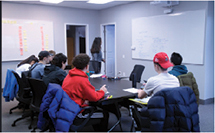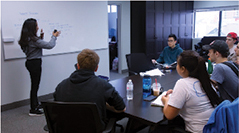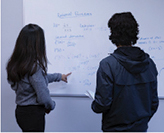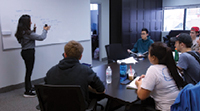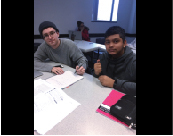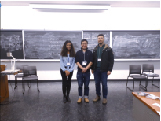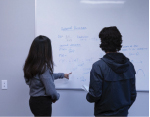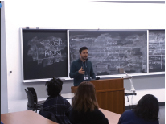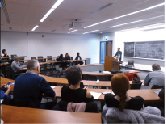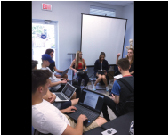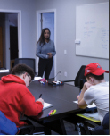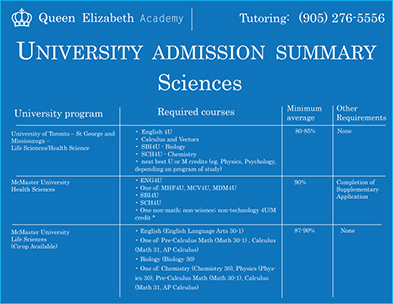Welcome to Queen Elizabeth Academy, providing MCR3U Grade 11 Functions Course and Tutoring, for you to excel at grade 11 Functions. Our course instructors and tutors have deep experience in MCR3U course / functions, for you to understand the concepts and be able to tackle application / thinking problems, which many students lose their marks.
- Introduction to Functions
- Domain and Range
- Inverse Functions
- Parent Functions and Its Properties
- Transformation and Mapping Notation
- Factoring
- Expansion using Binomial Theorem
- Radicals and Rationalization
- Graphing Quadratic Functions
- Quadratic Functions Applications
- Rational Expressions
- Rational Functions Applications
- Trigonometric Ratios and The Unit Circle
- Exact Ratio
- Trigonometric Functions
- Graphing Trigonometric Functions
- Trigonometric Functions Application
- Sine Law
- Ambiguous Cases of Sine Law
- Cosine Law
- Trigonometric Identities
- Exponent Laws
- Exponential Functions
- Graphing Exponential Functions
- Exponential Functions Application
- Introduction to Sequences
- Arithmetic and Geometric Sequences
- Introduction to Series
- Arithmetic and Geometric Series
- Simple Interest
- Compound Interest
- Simple Annuities
